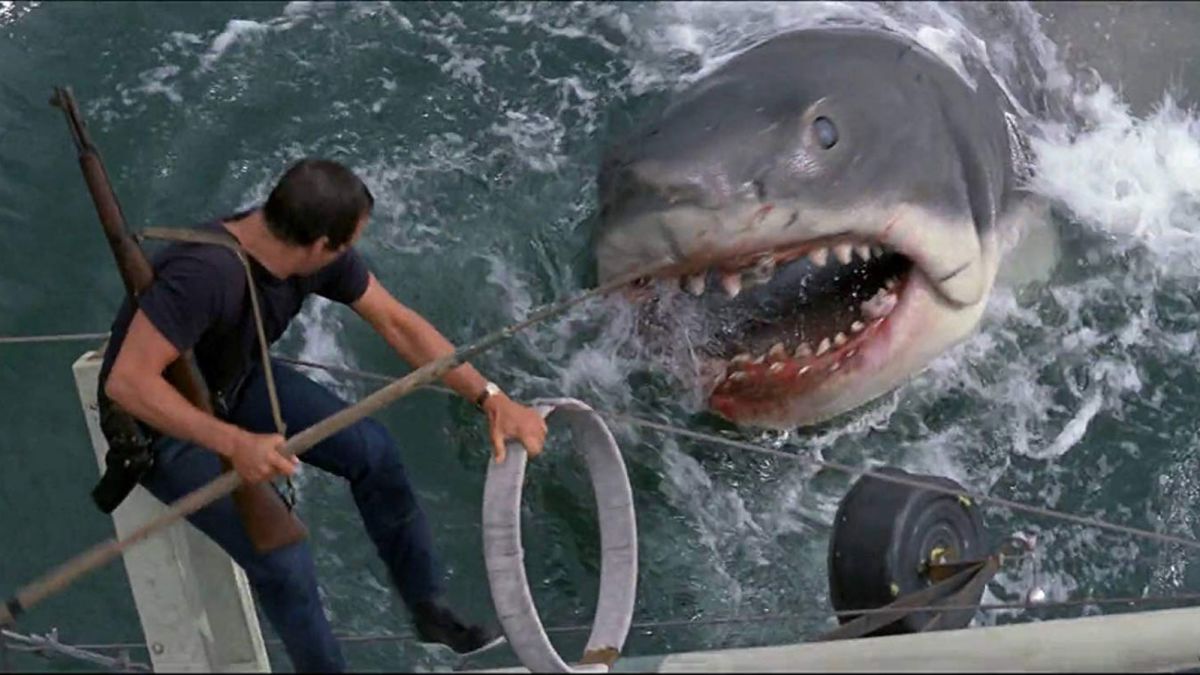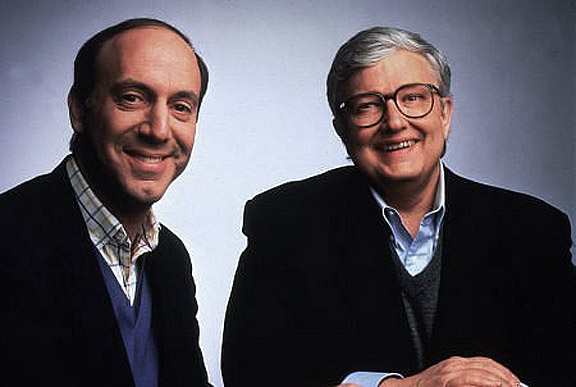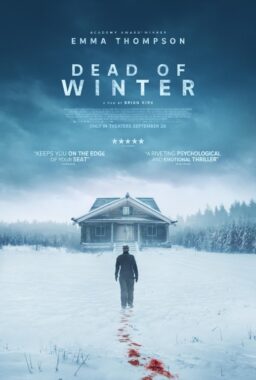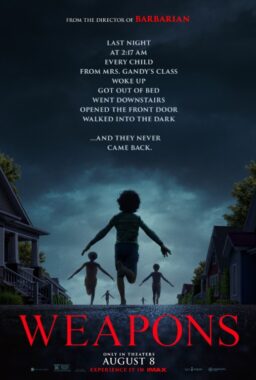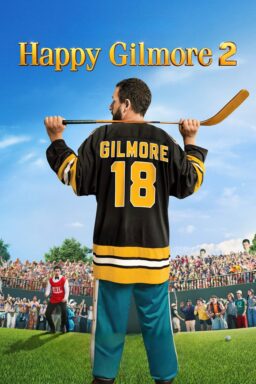Two notes. That’s all it took to scare millions of people out of the water, and out of their skins. And with Steven Spielberg’s “Jaws” making its debut on the Ultra HD format for the film’s 45th anniversary this month, John Williams‘ theme has the opportunity to terrify a whole new generation of film fans. But what about the rest of the music?
There is no question that Williams’ insidious theme is the most indispensable element of “Jaws,” and it’s telling that even amongst its trio of sequels—1978’s “Jaws 2,” 1983’s “Jaws 3-D,” and 1987’s “Jaws: The Revenge“—the theme remains front and center despite all of the mechanical sharks functioning better than they ever did for Spielberg. But what seems to garner little attention is the score as a whole, particularly the way it builds around the shark theme, allowing it to remain the focus while supporting the film in emotional and visceral senses.
A clear example of this is heard at the beginning of the film, when the doomed Chrissie Watkins (Susan Backlinie) goes for her midnight swim. As we see her from below, the score has a sense of tranquility but with a sinister, unsettling edge. We hear a trio of harps, a device used influentially by Bernard Herrmann in his score for the 1953 aquatic adventure “Beneath the 12-Mile Reef.” The harps communicate a calming, dream-like quality, but then the strings play quick snatches of the shark theme under the harps, almost illustrating something malevolent gliding through the murky depths. The strings sound distant, almost subliminal, but your subconscious is now ready for the moment when the theme makes its full entrance and poor Chrissie’s fate is sealed.
While not as laser-focused on leitmotif as his “Star Wars” score would be two years later, Williams nevertheless included several other themes to supplement the main theme and convey a sense of adventure for when Brody (Roy Scheider), Hooper (Richard Dreyfuss), and Quint (Robert Shaw) set out to hunt the beast in the fishing boat Orca. The sea shanty-esque Orca theme acts somewhat as a counterpoint to the shark and leaves the audience with a sense of catharsis, while the propulsive “action fugue” summarizes the determination of the trio to complete their task. The third can best be described as a pirate theme, with its tongue-in-cheek manner allowing it to be knowing and exhilarating at the same time, a direct influence from the music of Erich Wolfgang Korngold for Errol Flynn pictures like 1935’s “Captain Blood” and 1940’s “The Sea Hawk.”
Williams’ use of this kind of musical trope helps delineate the film into two distinct musical colors. The first half is much more in a horror vogue, with many cues featuring low, foreboding strings against the sheer dominance of the shark theme, whereas the second half is on more of an even keel and the music for the shark is equal to the music for the Orca and its crusade. However, one important thing Williams also takes care of in the first half is emotionally developing Brody’s journey, beginning with his family.
Essential in grounding the family life is the scene where Brody is suffering at home after being faced by Mrs. Kintner (Lee Fierro) about her son Alex and his brutal death. Brody is joined at the table by his youngest offspring Sean (Jay Mello), who mimics his father’s body language to a beautiful combination of harp and piano that softly emphasizes this simple act of familial love, and we see what Brody is fighting for. Furthermore, we then see what Brody is up against, and what he’ll be fighting literally and figuratively when he and Hooper go out to find the shark post-autopsy.
The accompanying cue—named “Ben Gardner’s Boat”—is a masterpiece of atmosphere, with an opening section that feels balletic in its illustration of the ocean’s mystery. Williams then modulates and allows the music to become tenser and tenser through the descending strings as they find the boat drifting, punctuating with a mini-crescendo as we see the hull with a huge bite taken out of it. Brody begs Hooper to tow it in and is evidently frightened, especially as the oceanographer wants to go down into the water. Once he’s underwater, Williams brings back the harps before switching to high strings as he reaches the boat and the shark theme is played in a somewhat subdued fashion as Hooper finds a tooth embedded in the hull.
This is a great misdirection from Williams. In using that theme for the tooth, he makes the audience believe the shark is on its way, as by this far into the film he’s already conditioned us into believing that the theme corresponds with the appearance of the shark. And he leads that right up to the moment when the head pops out, and the high strings go into overdrive, before ending the cue with the shark theme again. This accomplishes two things; it keeps the audience on their toes by betraying their expectations of the theme, and by making Hooper freak out, it unsettles Brody even more.
When the men are on the boat in the second half, the score introduces the fugue and the pirate themes through a sense of male bonding and the excitement of chasing the shark, both being introduced when Brody first catches sight of it. The fugue is used as a call to arms of sorts, scoring the trio’s frenzied actions as they get ready to face the shark, with the pirate music coming in as Quint fires his first barrel and the chase begins. Both themes interject as the hunt goes on, but after the shark goes down with three barrels, the fugue comes back in a big way as they build the cage, where Hooper is attacked but not eaten. Unfortunately, the same cannot be said for Quint.
By the time Brody goes mano-a-mano with the shark, Williams uses the fugue as a combative theme for our surviving hero, and places it in direct contrast with the shark theme as the final showdown begins. As the shark explodes and the carcass sinks, the dreamy harps return, this time in a final affirmation that we can feel calm, a notion further pushed by the beautifully serene end title rendition of the Orca theme.
John Williams returned for “Jaws 2,” writing a thrilling theme for young sailors out on their catamarans, and while his theme stayed for the next two pictures, he did not. British TV composer Alan Parker, whose biggest claim to fame was as a session guitarist for the likes of Donovan and Bowie, scored “Jaws 3-D” and did a good job, although very nearly ended up with a love song for the starring dolphins. Scoring the final film in the saga, “Jaws: The Revenge” (aka the one with Michael Caine), was storied composer Michael Small. Small’s previous work included “Klute” and “Marathon Man,” so while his fish tale was an obvious step down he wrote an admirable score with an eerie electronic motif for the shark. All of the scores have been made available on CD, giving them a life away from the source material like so many others.
But it’s “Jaws” that always remains ahead of the pack. Now that audiences can watch it in super high-def and 12.1 sound, they could do worse than paying attention to John Williams’ score and listening out for the parts without that theme.
